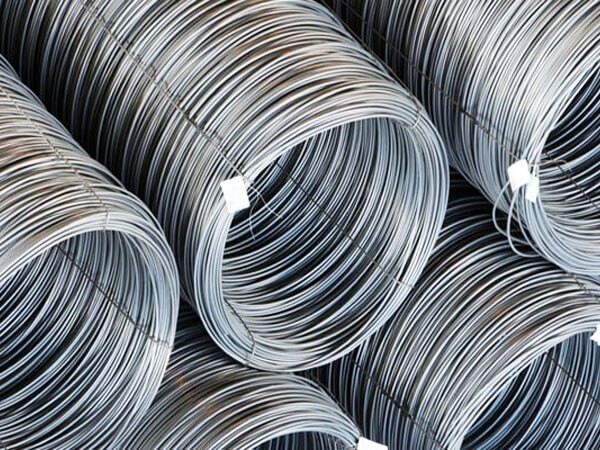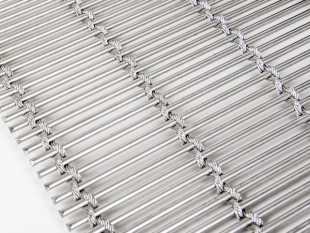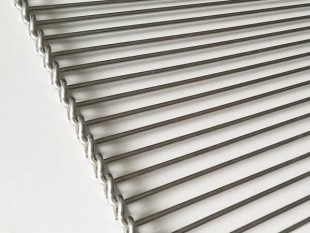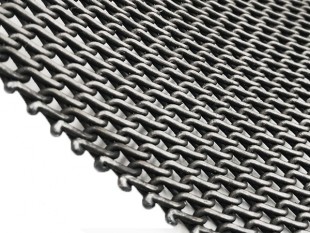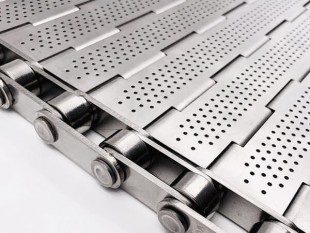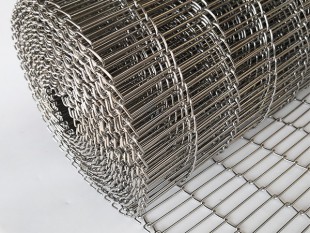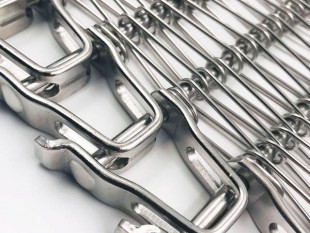- Home
- About Us
- Products
- Metal Conveyor Belts
- Balanced Spiral Woven Conveyor Belts
- Compound Weave Conveyor Belts
- Chain Link Conveyor Belts
- Flexible Rod Conveyor Belts
- Rod Network Conveyor Belts
- Eye Link Conveyor Belts
- Honeycomb (Flat Wire) Conveyor Belts
- Plate Link Conveyor Belts
- Biscuit Baking Belts | Rolled Baking Band
- Ladder Conveyor Belts
- Woven Rod Bar Conveyor Belts
- Metal Conveyor Belt Material Chart
- Metal Conveyor Belts Drive Components
- Metal Conveyor Belts
- News
- Support
- Blog
- Contact Us
- Home
- About Us
- Products
- Metal Conveyor Belts
- Balanced Spiral Woven Conveyor Belts
- Compound Weave Conveyor Belts
- Chain Link Conveyor Belts
- Flexible Rod Conveyor Belts
- Rod Network Conveyor Belts
- Eye Link Conveyor Belts
- Honeycomb (Flat Wire) Conveyor Belts
- Plate Link Conveyor Belts
- Biscuit Baking Belts | Rolled Baking Band
- Ladder Conveyor Belts
- Woven Rod Bar Conveyor Belts
- Metal Conveyor Belt Material Chart
- Metal Conveyor Belts Drive Components
- Metal Conveyor Belts
- News
- Support
- Blog
- Contact Us
 +86-15369679157
+86-15369679157

